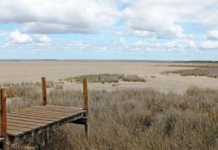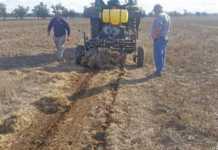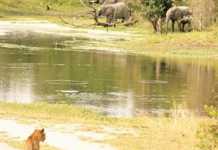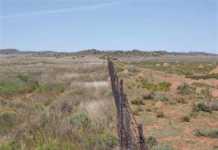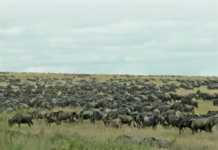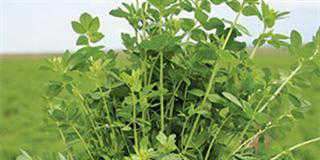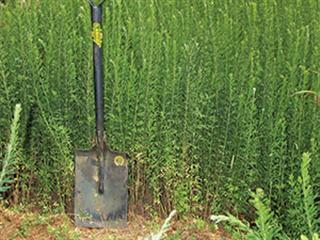
In all probability, more Highveld farmers will plant Sericea this year than ever before, while those already benefiting from this remarkable legume will plant more. There will also be a significant swing away from late summer to early summer planting. Another likely change is that Sericea will be planted on high potential soils in rotation with cash crops – but this will be somewhat slower in coming.
Am I a prophet? No, my predictions are based on sound economics.
Let’s start with early summer planting. If done correctly, the result will be a cutting of up to 5t hay/ha in the first season. This could be sold for at least R1 000/t. Thus the total establishment cost could be recovered, with the possibility of some profit to boot. Once farmers have mastered early summer planting of Sericea, they will be far more inclined to build it into a rotation programme with cash crops. I daresay it will build soil organic carbon levels far better than lucerne.
I have always been bothered by the fact that the soil in lucerne lands is invariably bare – mulch is non-existent. With Sericea, a thick mulch soon builds up, improving plant production. It increases rain uptake and radically reduces the evaporation rate. It also keeps the soil cool and moist, and provides food for soil micro-organisms. Mulch also suppresses weed growth, reducing the need for chemical weed control.
Effective weed control
For a November planting to be successful, excellent weed control is essential. Farmer Paul Grey of the Ermelo district in Mpumalanga is a master at establishing Sericea early in the season. Over the years, he has refined his weed control programme. He works 2,5l of Eptam and 1,5l of Treflan into a well-prepared seedbed, with no delay between soil application and incorporation. The spray boom must run immediately in front of the disc that incorporates the herbicide. He then has a five-day gap between the Eptam/Treflan incorporation and planting to reduce the chance of the chemicals affecting germination.

Paul has moved away from using 2-4D Amine to control broadleaf weeds. He now prefers 80ml of 2-4DB, plus 1l of Bromoxynil. Spraying must be done when the weeds are very young – that is, at the four- to six-leaf stage. Grass weeds can be controlled with Fusilade, Agil or Pantera, all of which require several applications three weeks apart, with a water- soluble oil to ensure an even spread.
Delay planting until follow-up rains
Another valuable tip is not to plant immediately after the first spring rains. Wait for a follow-up rain that will ensure sufficient soil moisture for the seedlings to survive the dry period that often follows the first spring rain. This year, I saw a particularly healthy stand of seedlings reduced by more than 60% by a three-week rainless period that followed an early planting.
I believe that, in time, more and more farmers will experience the financial benefits of comprehensive soil mineral corrections. These are derived from the double benefit of improved hay yields and animal livemass gains.
I have calculated that by increasing hay yield by 30% and improving weaned lamb livemass gain by 25%, the additional gross return from animal production can amount to R4 000/ha! Sericea hay has the potential to change profit-draining winters into profit-making ones. Instead of going through winter in the all-too-common survival mode, you can make a good profit by feeding quality Sericea hay to weaned lambs and tollies.
John Fair, a leading expert on pastures, heads up Fair’s Biofarm Assist, and can be contacted on 058 622 3585 or [email protected]

